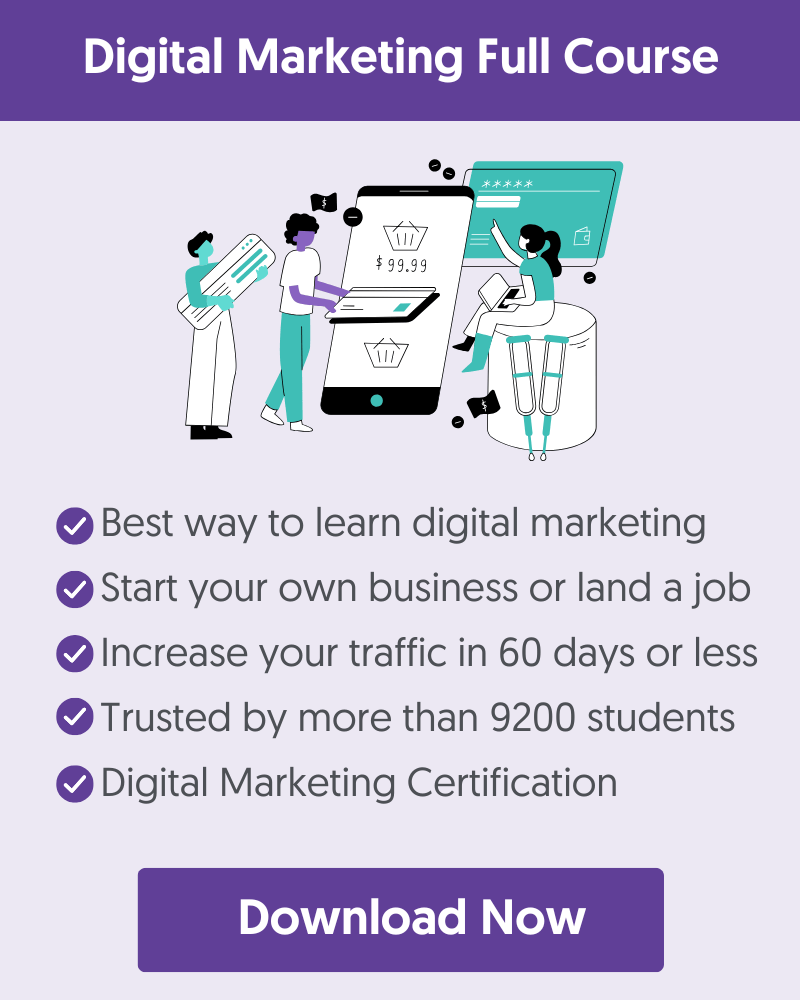- 1. Get Traffic By Targeting Long-tail Keywords
- 2. Increase Traffic By Targeting High-Volume Keywords
- 3. Publish Evergreen Content
- 4. Update Your Top Performing Pages
- 5. Get Organic Traffic From Social Media
- 6. Participate in Reddit Subreddits
- 7. Run Facebook Ads
- 8. Run Retargeting Ads
- 9. Start a YouTube Channel
- 10. Post Videos on TikTok
- 11. Republish Your Articles on LinkedIn
- 12. Improve Your Organic CTR
- 13. Perform a Competitor Analysis
- 14. Work With Influencers
- 15. Guest Post on High Traffic Websites
- 16. Send a Newsletter Regularly
- 17. Fix Critical Technical SEO Issues
- 18. Giveaway a Free Tool or Product
- 19. Make Partnerships With High-Traffic Websites
- 20. Keep Working on Your Off-Page SEO
- 21. Publish List Posts on Popular Topics
- 22. Optimize Your Google Business Profile
- Conclusion
Increasing website traffic is one of the most challenging tasks for all marketers. While there are many ways to get traffic to a website, not all methods work the same.
Some techniques are far more efficient than others, and that’s where you should spend your time, money, and resources.
In this guide, you’ll learn the best methods to generate website traffic the fastest way.
1. Get Traffic By Targeting Long-tail Keywords
Long-tail keywords are one of the most effective ways to drive traffic to new websites, websites with low authority, and websites with little content.
Long-tail keywords are less competitive and increase your chances of ranking higher for queries related to your products and services. They bring in a more targeted audience since they’re more specific.
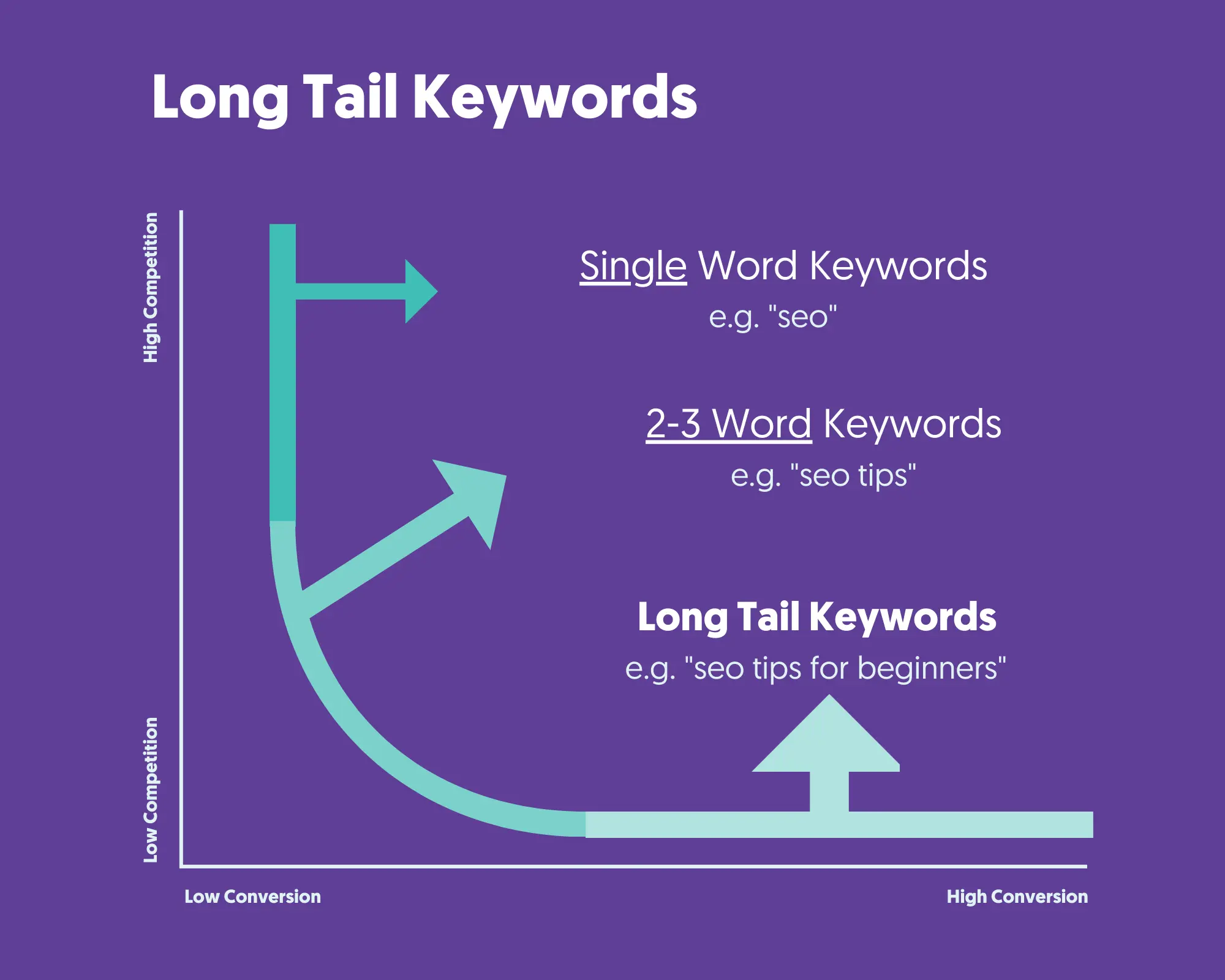
The easiest way to find which longtail keywords to target is to go to Google, type one of your main keywords in the search box, and look at the suggestions.
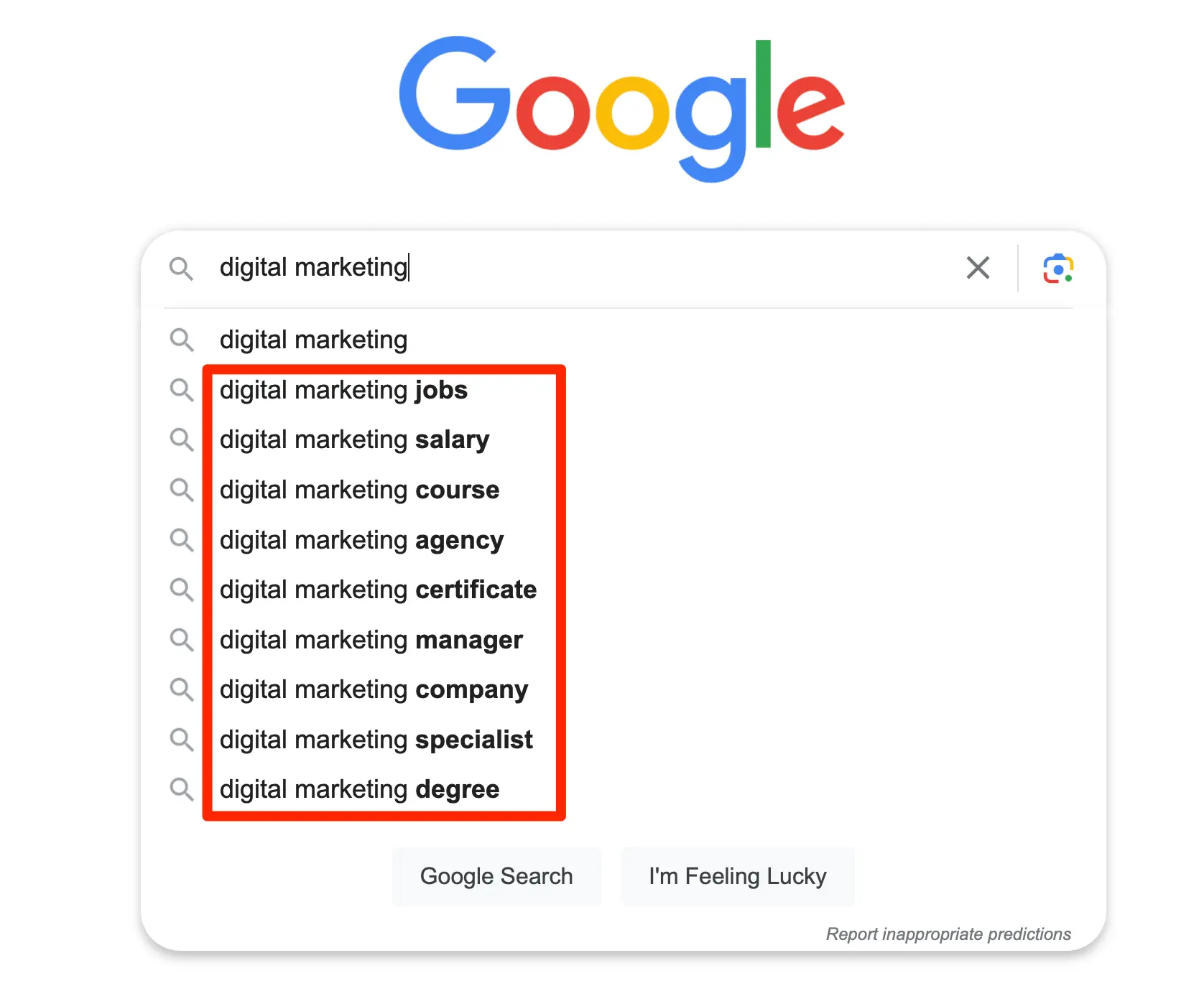
Another way is to use a keyword research tool. Using a tool like Semrush or Ahrefs, you’ll get more keyword suggestions and be able to sort them by keyword difficulty.
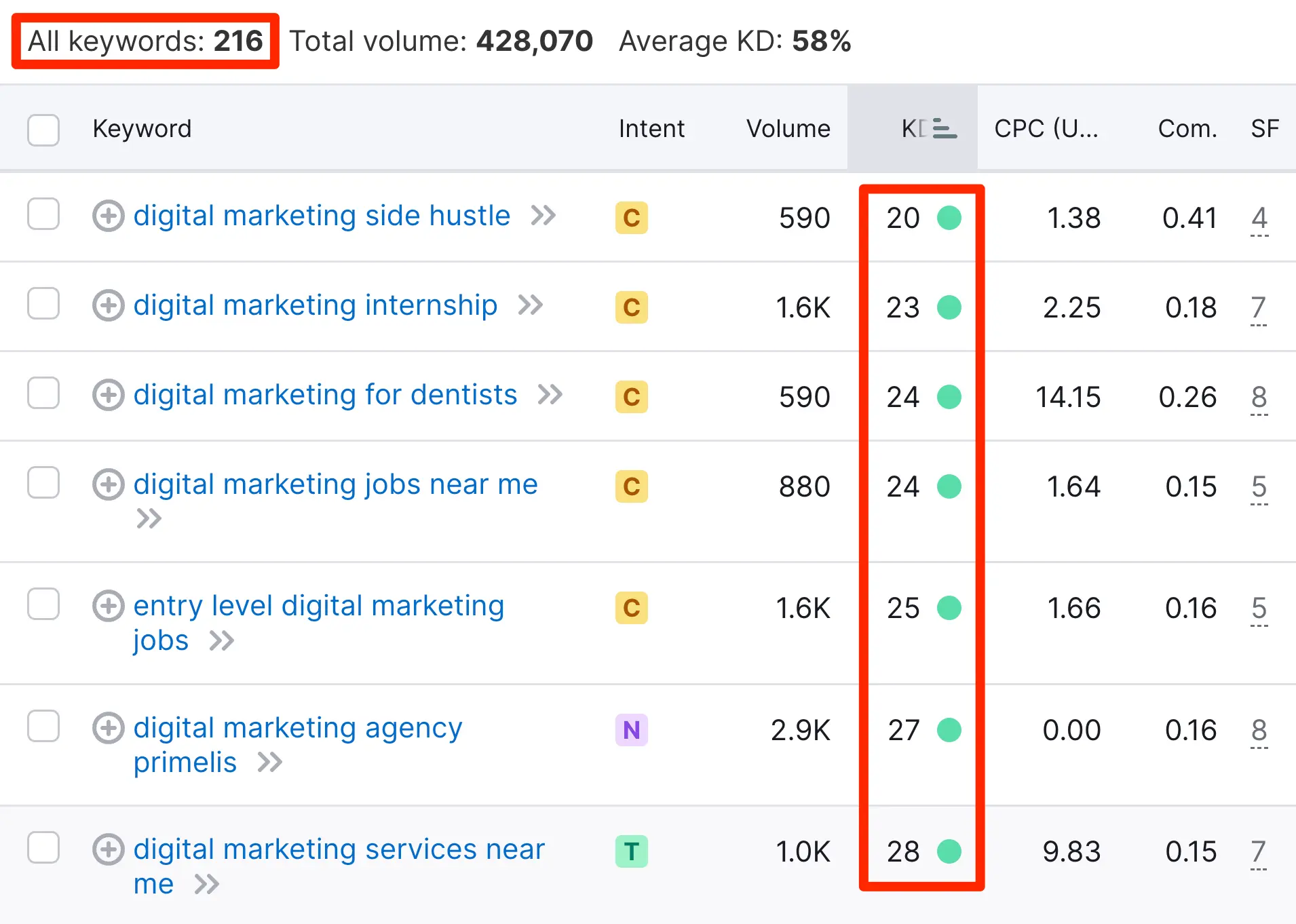
Read this guide for more examples of how to find long-tail keywords.
2. Increase Traffic By Targeting High-Volume Keywords
While long-tail keywords are a great way to get some traction initially, as your website grows, you must consider going after keywords with more search volume, i.e., head keywords.
High search volume means higher website traffic potential and website growth.
High-volume keywords are quite competitive, but they should be the backbone of your content marketing strategy, and you need to use them strategically.
One way to do this is to organize your content into pillar pages and topic clusters. These will help you build topical authority and rank for high-volume keywords.
A pillar page is a principal piece of content that is the backbone of a topic cluster. It targets one head keyword.
A topic cluster is a set of blog posts on related to the pillar page topics. Each blog post links back to the pillar page. Together, this collection of blog posts covers the topic comprehensively.
Here is a diagram to understand this better:
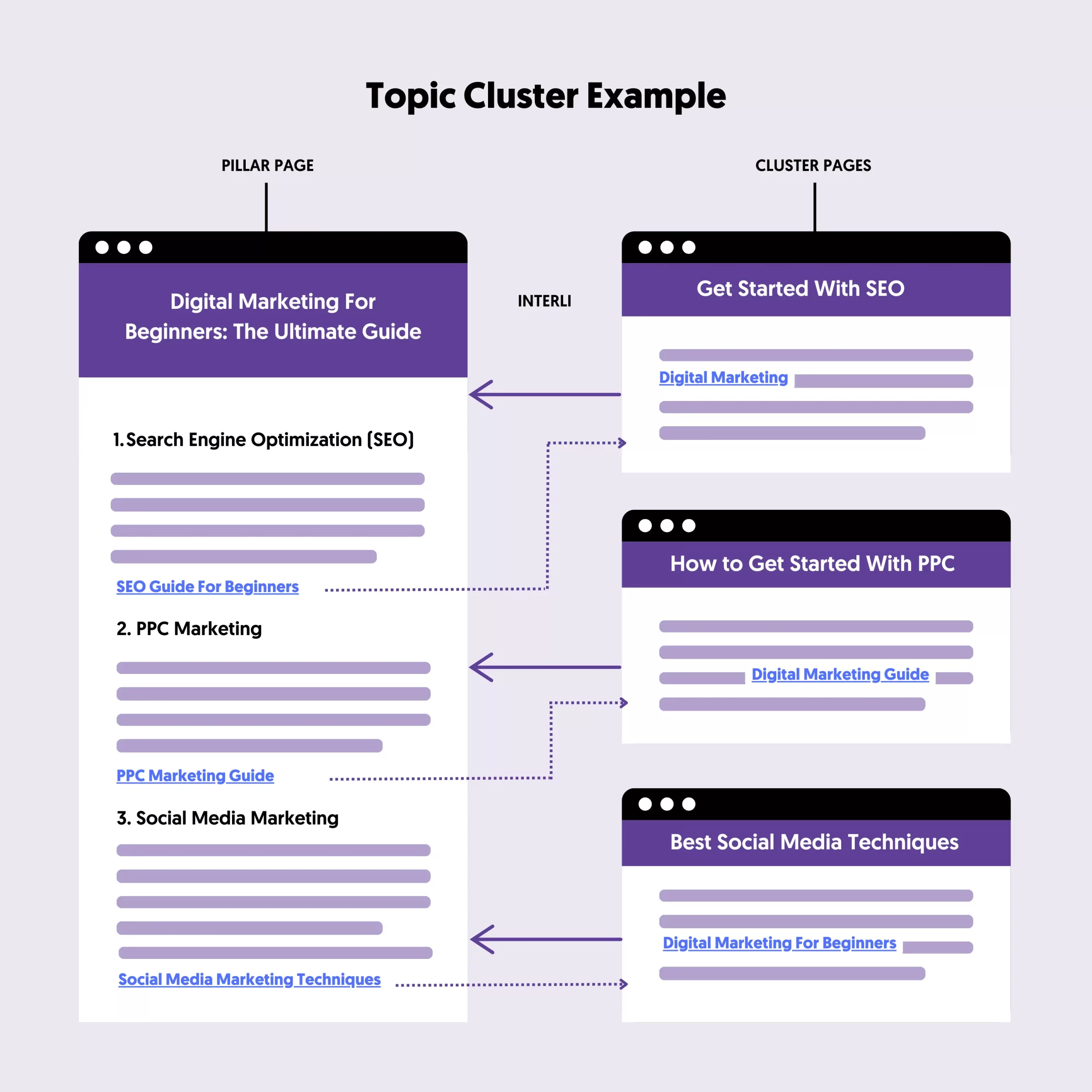
This is a proven technique for targeting highly competitive keywords and driving more traffic to your website. For a real example, see our “Digital Marketing Guide.”
3. Publish Evergreen Content
Evergreen content is the type of content that stays relevant for a long period of time. For example, a how-to guide on “How to change a car tire” is useful now and for years to come.
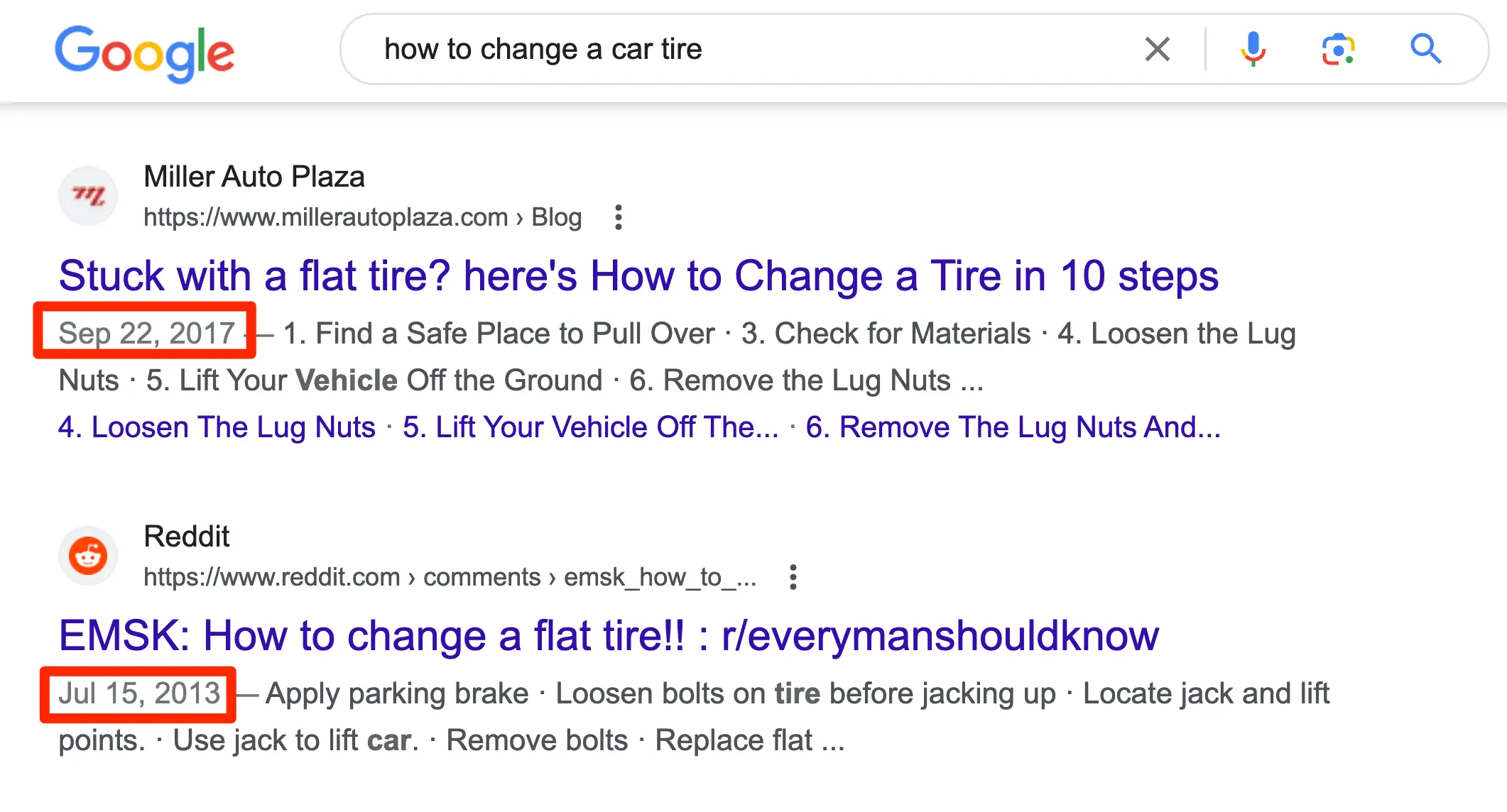
Publishing evergreen content can help you drive accumulated organic traffic to your website.
How do you create evergreen content?
- Do your research to find topics in your niche that are not time-sensitive
- Create unique and original content around those keywords
- Optimize your content and build links to it
- Revise and update your evergreen content 2-3 times yearly to ensure it’s still relevant.
This process is particularly useful for news websites and online magazines that tend to publish content on trending topics. Adding evergreen content to your content strategy will help you build traffic and website authority.
4. Update Your Top Performing Pages
Another technique to ensure that you’ll maintain your existing traffic and even increase it without creating new content is to update your existing content.
Reviewing your old content will give it a new breath of life and boost your SEO efforts.
But not all old content is worth updating. Here’s how you identify which content you can update:
Pages that previously ranked well- Pages that used to generate organic traffic but have fallen off are good pages for revision. These pages are likely being beaten by newer content from your competitors.
Pages with good content but low rankings - Sometimes, you do everything right but don’t get the desired results. These pages are a good opportunity for you to spot any gaps in your content. You can review them, identify their weaknesses, fix them, and resubmit them to search engines.
Top-performing pages- Pages that are currently on page one of search results could also use some revision. You should update these pages before they begin losing their rankings.
When updating your old website content, look for outdated statistics, dates, and advice that is no longer valid. Also, analyze the search intent to ensure that your content is still relevant.
5. Get Organic Traffic From Social Media
Social media benefits any online brand looking to optimize its marketing efforts.
With a good plan, you can turn your social media pages into referral traffic generators for your website.
Add social media buttons to your website - As the bare minimum, have social sharing buttons on your web pages. These buttons allow your readers to share your content with their social media following.
Use hashtags - When sharing content on social media, don’t forget to include relevant hashtags specific to the post’s topic. Hashtags make your content more discoverable and increase the post reach.
Find the best time to share your posts - Research the best time to post on the different social platforms and maintain a consistent posting schedule. Consistency is important for all digital marketing channels.
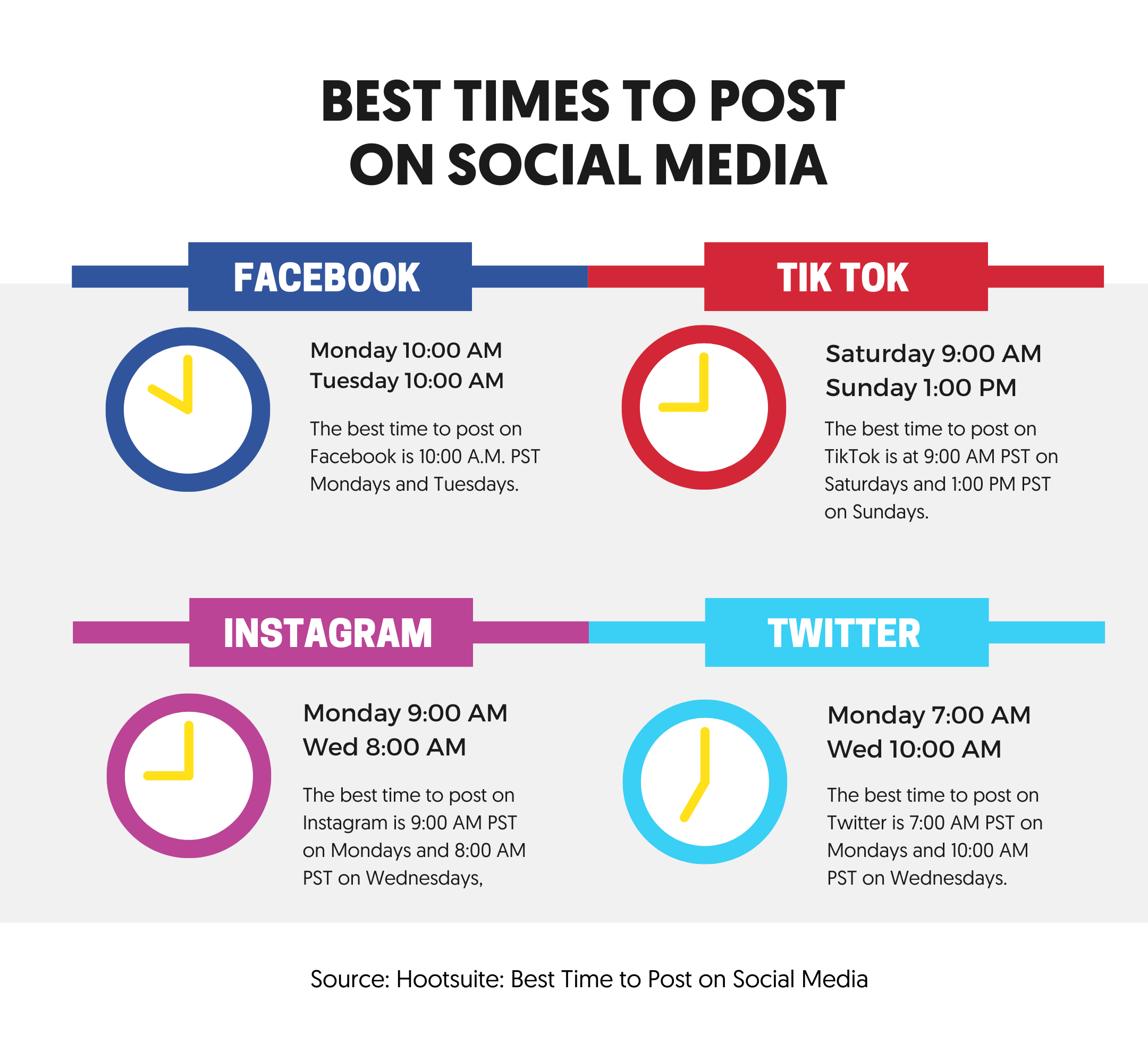
Increase your followers - increasing your followers will result in more people seeing your posts organically in their feeds. Although the percentage decreases over time, it’s still one of the best ways to redirect social media traffic to your website.
Reach out to influencers and market experts - A clever way to boost your website’s organic social media traffic is by interviewing thought leaders and influencers in your industry.
Request experts for interviews and publish them on your blog. These experts are likely to have a large following on social media. This will expand your audience once they share the interview on their pages.
6. Participate in Reddit Subreddits
Reddit is an important social media channel that’s quite distinctive. The platform allows users to create and manage communities, known as subreddits.
The best thing about subreddits is that they consist of people with a common interest. If you post your content in a subreddit, you’ll reach users who are already interested in what you do.
Start by joining relevant subreddits. For example, if you’re a backpacker who creates content about backpacking in Bali, you can join the r/bali subreddit, which gives you access to a community of 171K members.
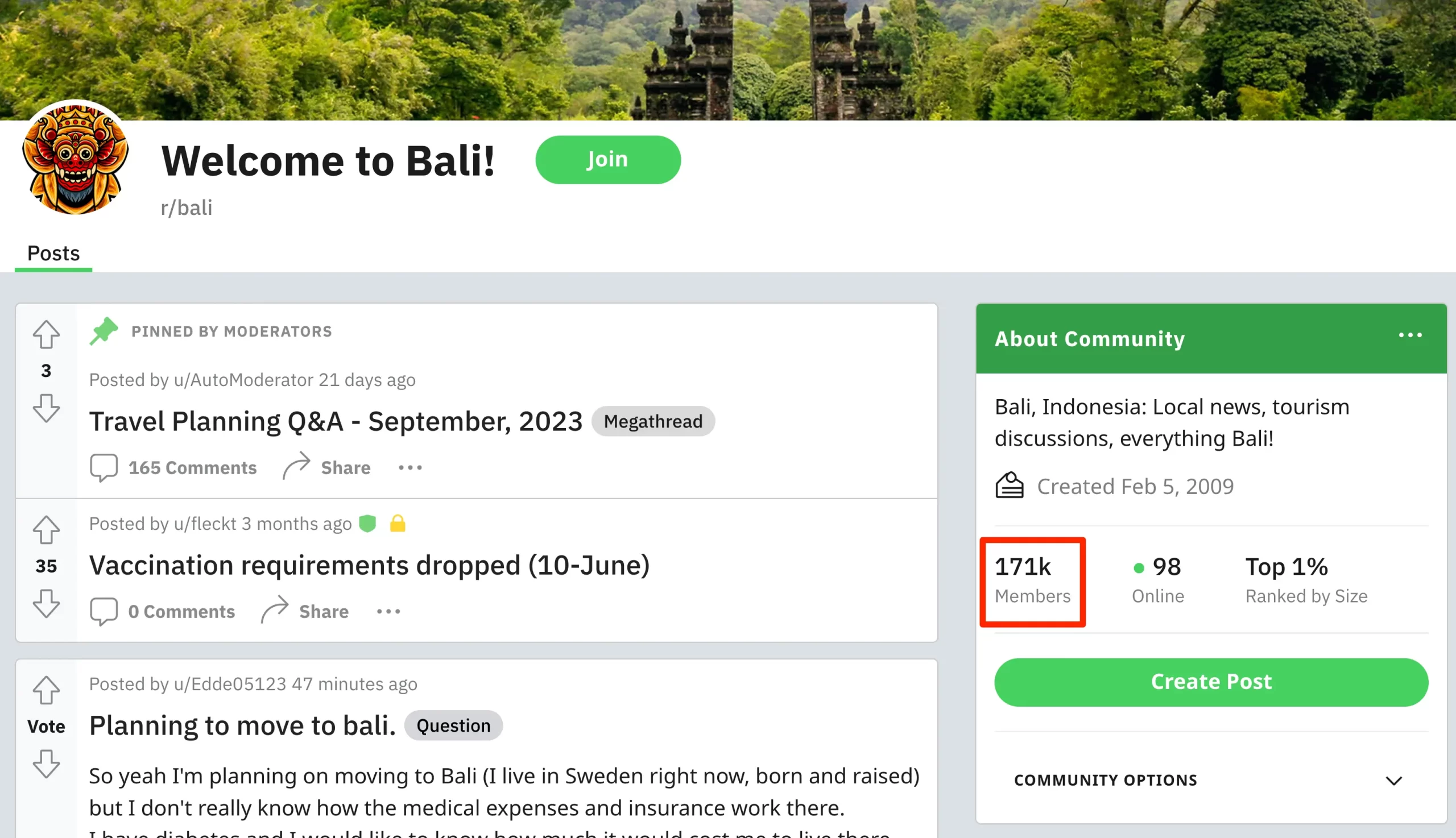
After that, it’s time to get active, post relevant content, and engage with other relevant posts.
You can delay posting your content for a while until other members get acquainted with your presence. This way, the community will want to see what you have to offer and look forward to seeing your posts.
Start by upvoting and commenting on other people’s posts. Once the community is familiar with your presence, you can post non-promotional content.
Keep in mind that subreddits are conversation-driven. Unique non-promotional content will help you build genuine relationships, increase engagements, and build your online presence.
Once you’ve gained some traction, you can promote your content sparingly. The keyword here is- sparingly.
For example, let’s say another user asks for some top hiking locations in Bali, and you’ve already written a blog post on this topic.
You could respond to this thread with a link to the blog post offering more information. Simply start a comment with a few favorite hiking destinations, then post the link at the end of the comment for users who’d like to learn more.
The secret with subreddits is to be authentic. Don’t be pushy or seem to have an agenda. Also, make sure to read the subreddit’s rules to avoid getting your posts removed. Breaching the rules can lead to restrictions and permanent bans.
7. Run Facebook Ads
SEO is one of the most effective methods to drive traffic to your website, but it might take a few months of consistent posting to see results.
As you wait for your SEO efforts to build organic traffic and boost your website’s ranking, you can use social media ads to get some traction to your content.
Facebook ads are the most popular type of ads you can use for that purpose.
When setting up your Facebook ads, you can select select traffic as your main objective. This will send more traffic to your website, desktop or mobile app, or messenger conversation.
Here are some tips to generate more website traffic from Facebook ads:
- Use high-quality visuals- Your top priority with Facebook ads should be to post good content that drives engagement. Getting a like or a share also reduces your cost per click. Positive engagement also lets Facebook’s algorithm know that your ad is good and that it can show it to more people.
- Nudge users to share- Making great Facebook ads will make people want to share them. But you can also use specific copy that pushes them in that direction. For example, using “Things I wish I knew before traveling to Bali” will compel users to share your content with relatives or friends who are traveling to Bali.
- Ensure your content appeals to many people- Remember, the more your Facebook ads get shared, the less you pay per click. Create content and ads with mass appeal. If you have a smaller niche audience, you might have to think outside the box.
- Promote your best content - don’t promote all your blog posts with Facebook ads but only your best content to boost engagement.
- Use retargeting ads - showing your posts to your existing audience is a tested way to get them to re-visit your website.
Here is an example of how Semrush uses Facebook ads to drive traffic to their blog posts.

For detailed instructions on how to drive traffic to your website from Facebook, read the following guides.
8. Run Retargeting Ads
Retargeting ads are shown on other websites or social media platforms. They are placed in front of people who’ve visited your website before.
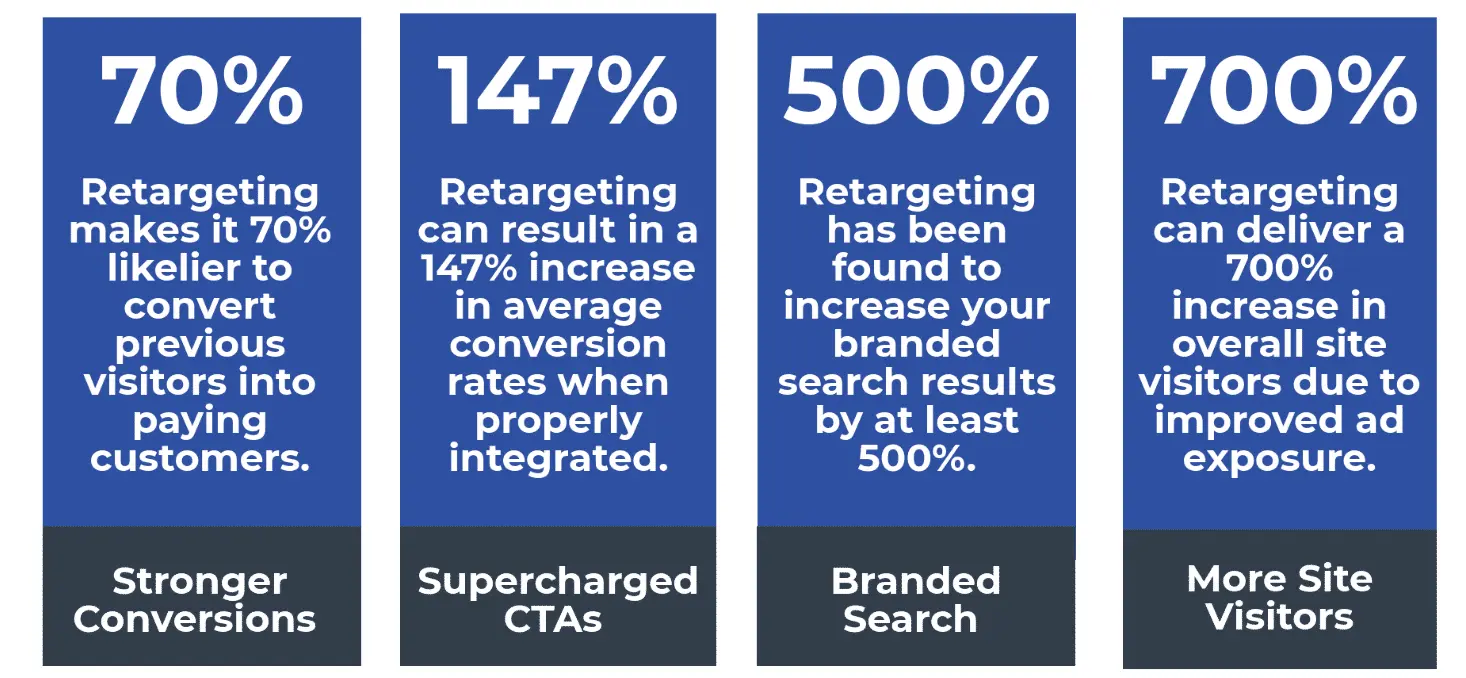
Creating high-performing retargeting ads is the first step toward having a successful campaign. Here are some tips to keep in mind when running retargeting ads:
- Prioritize relevance- Start by defining your target audience. Do you want to target people who’ve visited your website or users who interacted with your content? This will help you create relevant messaging or use images that are relevant to their previous interaction with your site.
- Use visuals- Stunning visuals will help you grab your target audience’s attention and interest them in learning more.
- Use clear calls to action- You want to compel your target audience to take a certain action once they see your retargeting ads. For example, you can use “learn more” to encourage them to visit your website.
- Keep the ads simple- Avoid having too much information in your ads that will distract them from the main objective of visiting your website.
Retargeting ads are often cheaper than most other forms of advertising and are even more powerful when combined with other marketing strategies, such as email marketing.
For more information on setting up your retargeting strategy to drive more traffic to your website, read the following post.
9. Start a YouTube Channel
YouTube comes second as the most popular search engine, behind Google. As such, having a YouTube channel is crucial for any online business.
You can work on your YouTube channel’s SEO to help you rank high on the video platform, then add your website’s links to video descriptions to direct more traffic to your website.

Upload frequency has always been a vital factor for YouTube SEO. If you’re serious about increasing your ranking on YouTube, strive to upload between 2 to 4 videos every week.
While it helps YouTube’s algorithm become familiar with your content, it also helps you get a good flow with your target audience.
Don’t forget to have calls to action in your videos. Remind your audience to like, share, subscribe, and watch more of your content on your channel.
Ensure that you optimize your videos for search. Include relevant keywords in your titles and video descriptions.
One tip to help you maximize your keywords and use them naturally is to copy your videos’ transcripts into the descriptions. This will help search engine algorithms direct more users to videos that answer their search intent.
As with your written content, also target evergreen content when creating YouTube videos. Some great formats to build upon include DIY and how-to videos.
Our YouTube guide has all the information you need about YouTube marketing.
10. Post Videos on TikTok
TikTok spread like wildfire in the last few years. Marketing executives and brand owners can’t ignore the potential of the short video-sharing app as a marketing tool.
Creating a TikTok account for your brand is the first step to using the platform to drive traffic to your website.
Once you have an account, it’s important to create a TikTok content strategy. You need to constantly create and upload videos that align with your marketing goals and objectives.
Since you want to drive traffic to your website through your videos, your primary objective should be to create captivating videos that are bound to go viral and reach wide audiences.
Just like your written content, start by identifying your target audience. Define what kind of videos they love and the kind of tone you should use.
Some content ideas you can leverage include educational videos, product demos, and behind-the-scenes videos.
Also, include relevant hashtags or participate in different challenges to increase your reach.
Build your skills using an established course and learn how to use TikTok as a marketing channel.
11. Republish Your Articles on LinkedIn
LinkedIn is a great addition to your content marketing strategy.
Google’s algorithm indexes LinkedIn articles. If your LinkedIn articles rank on search results, your website will receive a good amount of traffic.
You can get these results by republishing and repurposing your articles for LinkedIn. Don’t copy and paste everything. Instead, spin your content to fit your LinkedIn audience.
Once you’ve published new content on your website’s blog, you can wait for at least 2 weeks before republishing it on LinkedIn.
Here are some other pointers to help you when republishing content for your LinkedIn page:
- Split long blog posts, case studies, interviews, whitepapers, podcasts, ebooks, and webinars into multiple individual posts. This is a great way to create a series that keeps your audience hooked to your page.
- Add a link to the original article and also link to other pieces of content on your website. This will help you drive traffic to your website.
- Ask questions to drive engagement.
- Include a call to action with information on how users can reach you.
- Use LinkedIn analytics to see which of your posts performed best and repurpose them to drive even more traffic.
LinkedIn is a professional platform. But you don’t have to be extremely corporate. Don’t be afraid to add a sprinkle of your personality to your content. It can be inspiring, educational, entertaining, or even subtly sarcastic.
12. Improve Your Organic CTR
Organic CTR (click-through rate) is the percentage of users that click through to your website from the search results.
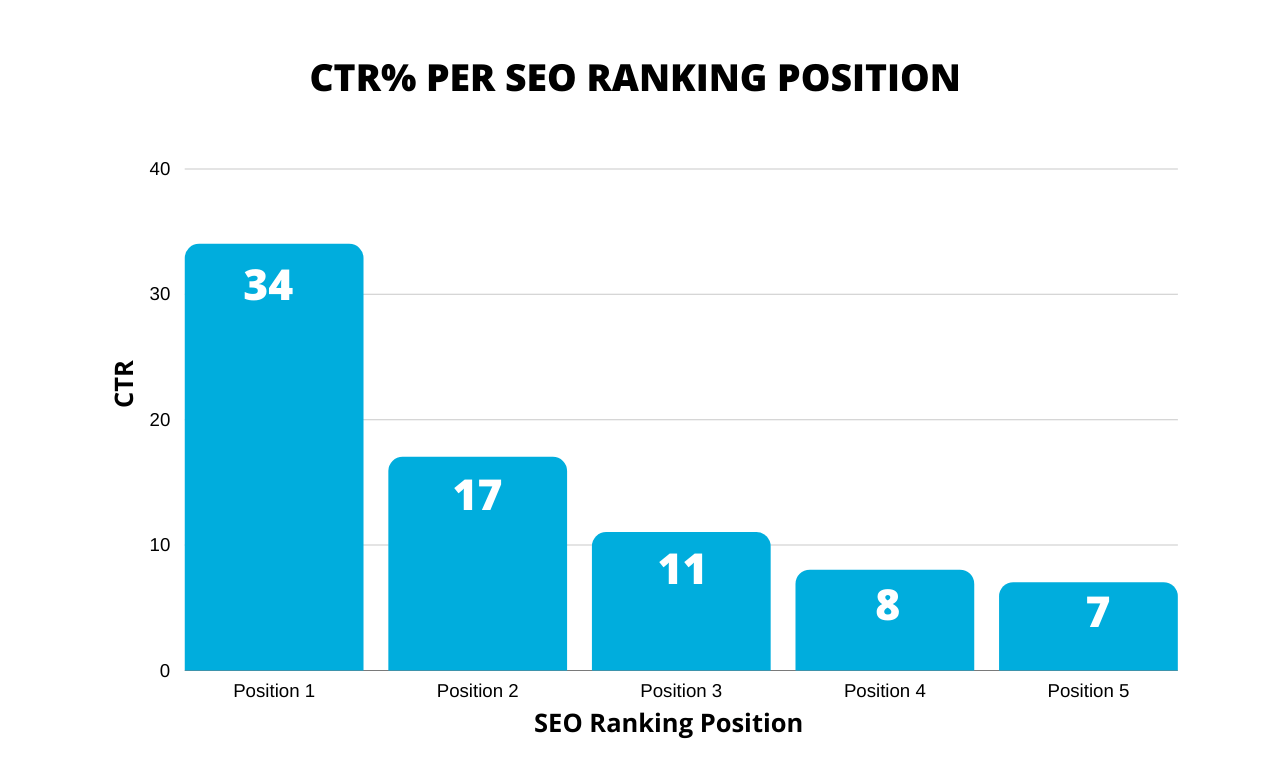
Organic CTR is mainly based on organic ranking position but is also influenced by several other factors, such as title tag, URL, description, and snippets.
Improving your organic CTR is a great way to increase your website traffic without creating new content.
As a first step, look at the organic CTR report in Google Search Console and find the pages with the lower CTR. Go through the list and pick a few pages to work on.
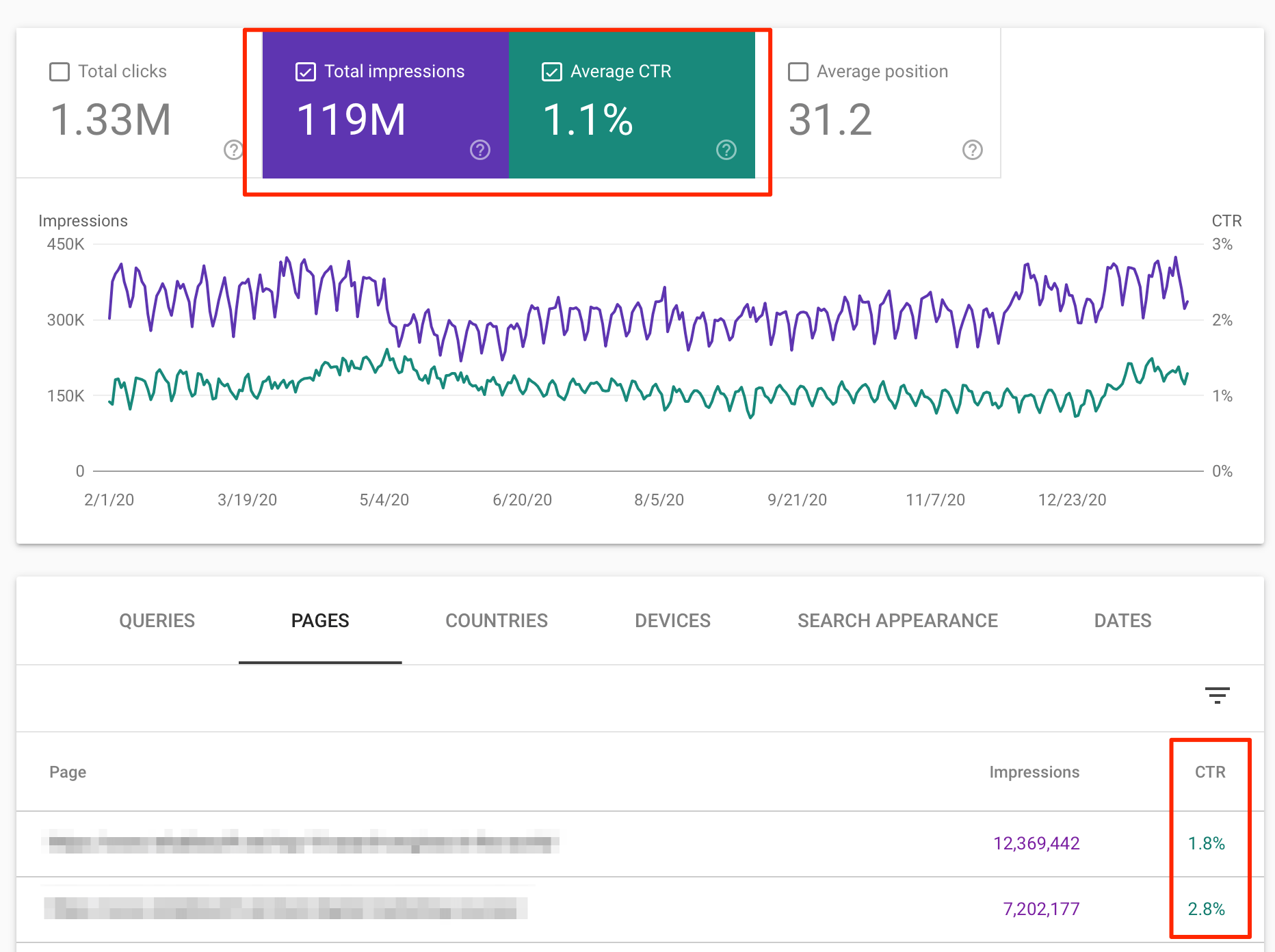
Make a note of the CTR before making any changes and monitor the CTR for a few months after making changes.
If you see an improvement, follow the same principles for more pages.
Here are some tips on how to improve your organic CTR:
Use attractive titles- Attractive titles hook your target audience and make them click on your web pages. Titles written for readers and those that use power words, odd numbers, and calendar years have been proven to captivate readers’ attention.
Write informative URLs- Always write user-friendly URLs that include your target keyword. For example, users are more likely to click on https://yourwebsite.com/blog/improve-organic-ctr instead of https://yourwebsite.com/blog/47y5h-fnjhe-wt
Optimize your content for SERP features- SERP features such as featured snippets will dramatically improve your CTR. These special features appear above the organic listings and tend to attract more clicks.
13. Perform a Competitor Analysis
If you haven’t checked out your competitors' strategies to gain website traffic, you’re at a disadvantage.
Competitor analysis is the process of analyzing your competitor’s websites and their traffic sources.
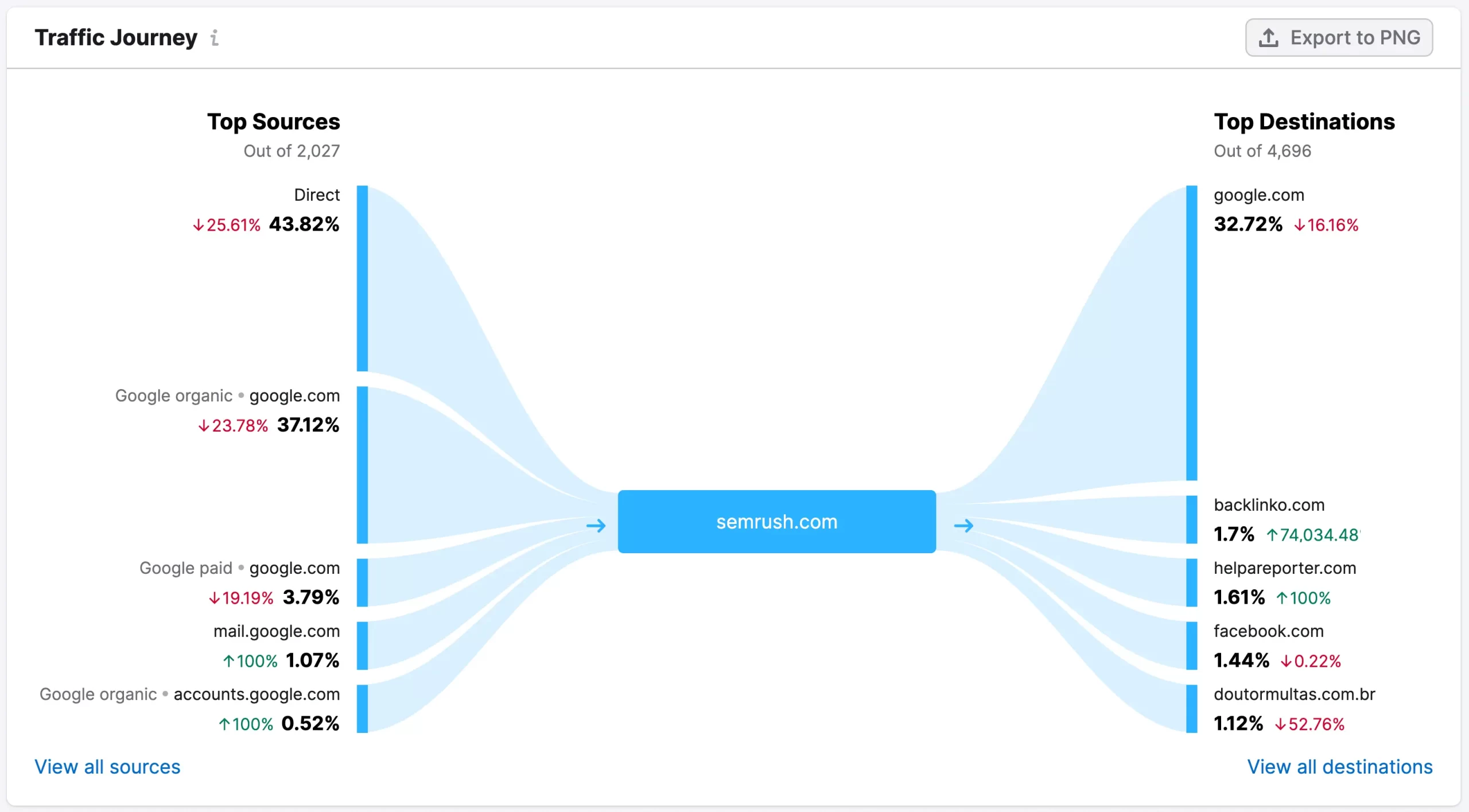
This analysis helps you gain insights into:
- What type of content your target audience is resonating with
- Which SEO tactics are helping your competitors rank
- What social media strategies they’re using
- What platforms drive the most traffic for them
The main goal of this research is to give you access to data to improve your website and identify areas you need to grow. Besides, you can spot your competitors’ weaknesses and maximize on them to beat them.
Start your competitor analysis by first identifying who your key competitors are. Create a simple Google search on your target keywords and see which brands dominate the SERPs.
Focus on the top 3-5 rankings since those are the positions you’re targeting. You can then analyze their SEO and paid advertising tactics using the following actionable guides.
14. Work With Influencers
Influencer marketing has become one of the most popular marketing tactics.
Influencers have a large following and influence their audience’s buying decisions. Their followers trust them to give them the right information and recommendations.
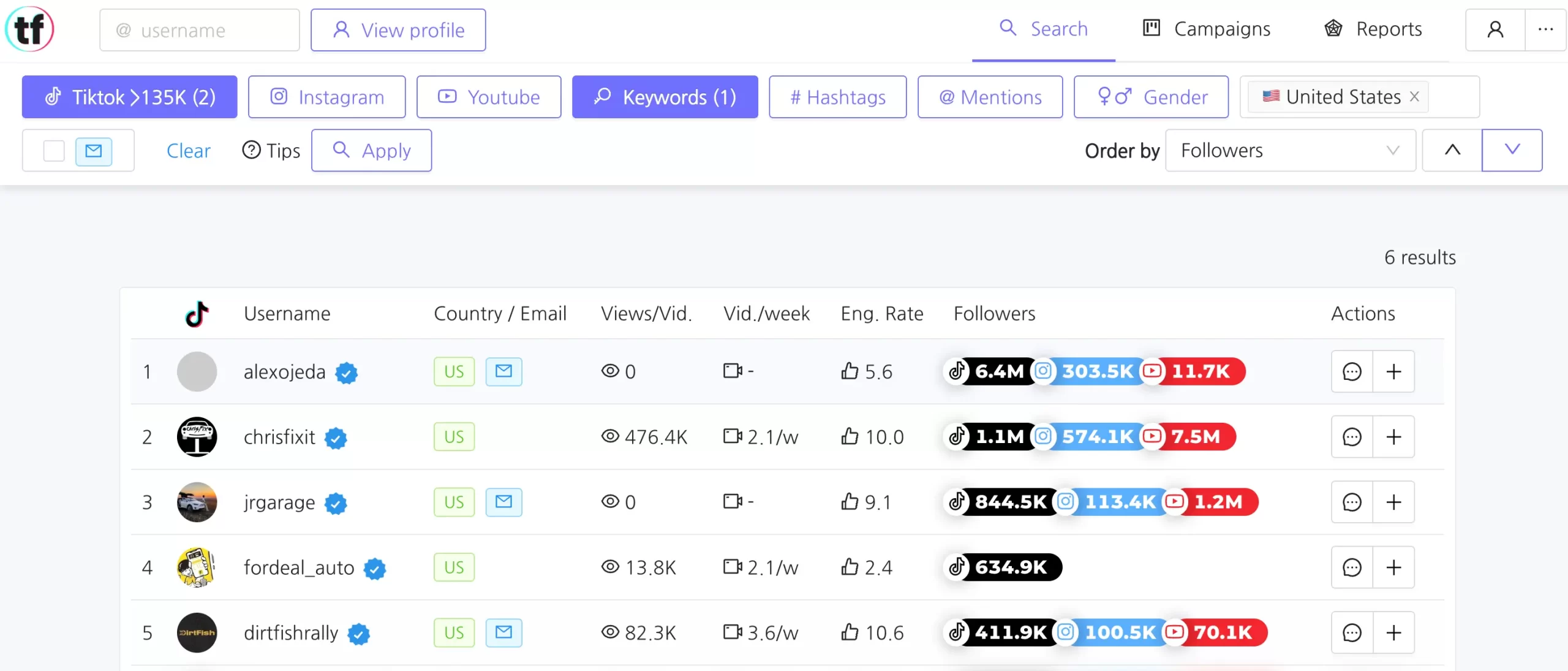
There are two types of influencer marketing tactics:
- Paid influencer marketing- This involves paying influencers to promote your brand on their channels.
- Organic influencer marketing- This involves building relationships with influencers who promote your brand organically without any form of direct compensation.
When you partner with the right influencer, you gain access to their audience, which can potentially result in getting a portion of their followers to visit your website.
Before investing in influencer marketing, you need to identify the right influencers to work with.
The influencers must align with your brand’s vision, value, and marketing goals. Their audience also needs to consist of your target audience.
It’s important to work with an influencer who’s genuinely interested in your products and services. You want an influencer who’ll give their audience an honest review and communicate the message to their followers effectively.
For more details on how to find and work with influencers, read the following guide.
15. Guest Post on High Traffic Websites
Guest posting refers to writing and publishing articles on other websites.
Posting on high-traffic and authoritative websites in your niche is a great way to:
- Establish yourself as an expert in your industry
- It’s a popular way to build links
- It’s a good source of traffic (if done right)
Here is the process to follow:
Identify authoritative websites in your niche - these are the websites that rank for your target keywords or well-known websites (like the Washington Post, NY Times, etc.)
Find out who is responsible for the content - Visit the website and social media pages and find the editor's names and contact details.
Try to connect with them on social media - Start by following them and sharing their content on social media.
Read the guest post requirements carefully and send your pitch - To increase your chances of someone actually reading your email, stick to the point and preferably have a draft article ready for them to review.

Guest posting and link building, in general, is a time-consuming process and needs a lot of preparation work and patience.
To get started, read our link-building guides below:
16. Send a Newsletter Regularly
Email marketing is often overlooked as a great tactic to increase your website traffic.
Newsletters are effective since you’re communicating with users who are already familiar with who you are and what you do.
To get traffic from email, you need to follow this process:
- Build an email list
- Get people to subscribe by offering them discounts or other incentives (freebies work well).
- Send emails on the same day and time each week
- Work on optimizing your open rate and click-through-rate
- Don’t spam your subscribers.
For more chances of succeeding with email marketing, read our email marketing best practices guide.
Here is a summary of what you should and shouldn’t do with email marketing:

For additional information, make sure you visit these guides:
17. Fix Critical Technical SEO Issues
Your efforts to boost your website traffic won’t make a difference if your technical SEO isn’t fine-tuned.
In other words, with poor technical SEO, search engine algorithms won’t access, crawl, and index your website properly, and as a result, your rankings will be affected.
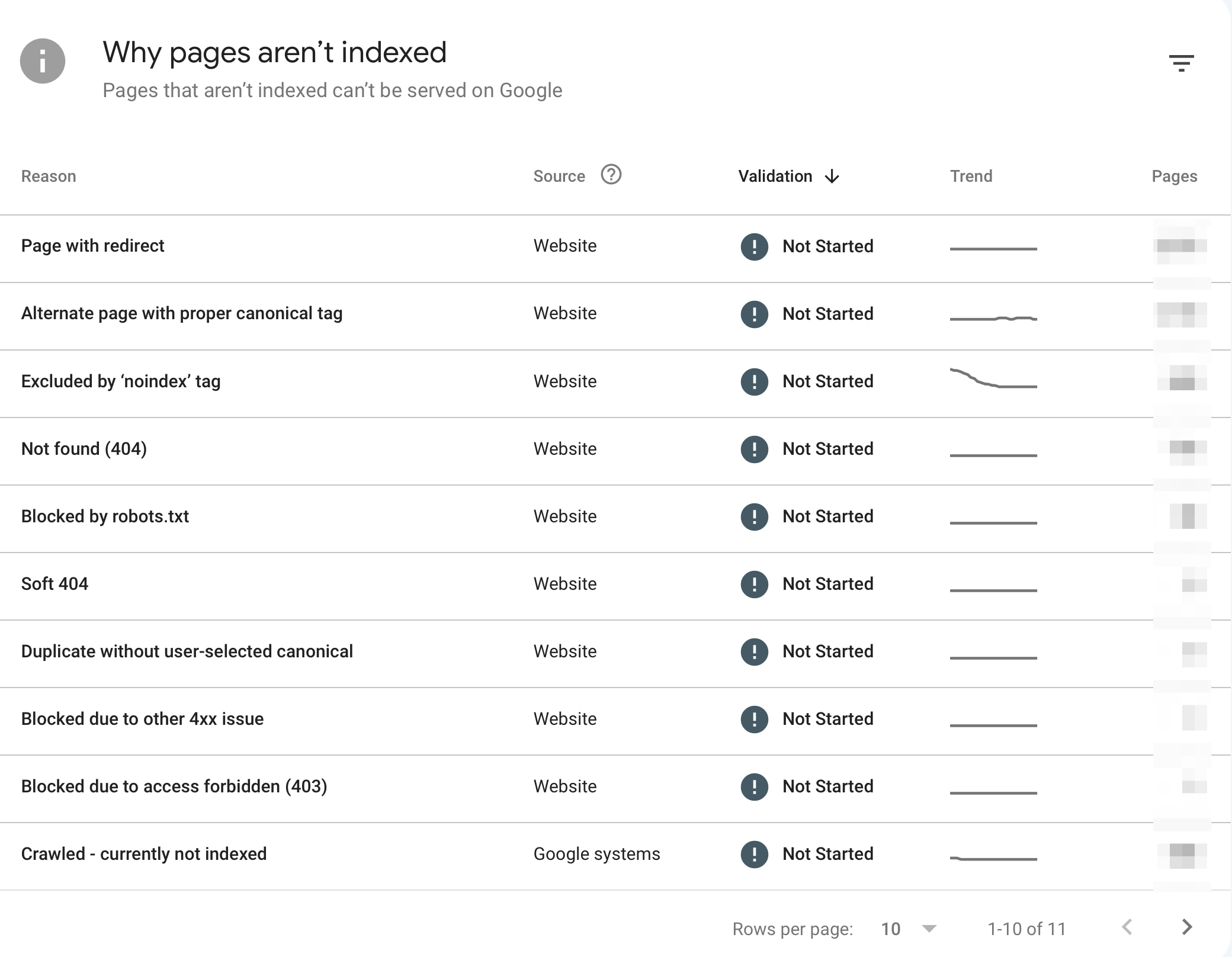
Here are some tips to fix your technical SEO:
- Check and optimize your robots.txt
- Add structured data to your pages (homepage, pages, and posts).
- Check your canonical URLs
- Check for broken links
- Optimize and submit your XML sitemap to search engines
- Check your loading speed and try to make your website faster
- Register your website with Google Search Console and Bing Webmaster tools
The full technical SEO list includes many more items, and any issues you can solve can indirectly lead to more traffic, so this is a task to add to your to-do list.
To get started, read the following guides:
18. Giveaway a Free Tool or Product
People like freebies, whether it’s a tool, service, or coupon code.
To take advantage of this and use it to generate more website traffic, follow this process:
- Search your niche and find what kind of tools your audience might need. A good example is a mortgage calculator.
- Hire a developer to create the software.
- Create a dedicated page on your website for the tool and optimize it for SEO.
- Find relevant forums and promote your free tool. Since the tool is free, it’s easier to post a link in a related forum without violating any rules.
Free tools usually have a high volume of searches, and if you create a good tool and a page not full of ads but useful content, that page will eventually rank in search engines.
You can then redirect some of the traffic to your “sales” pages using internal links and banners.
Here is an example of a free SEO tool:
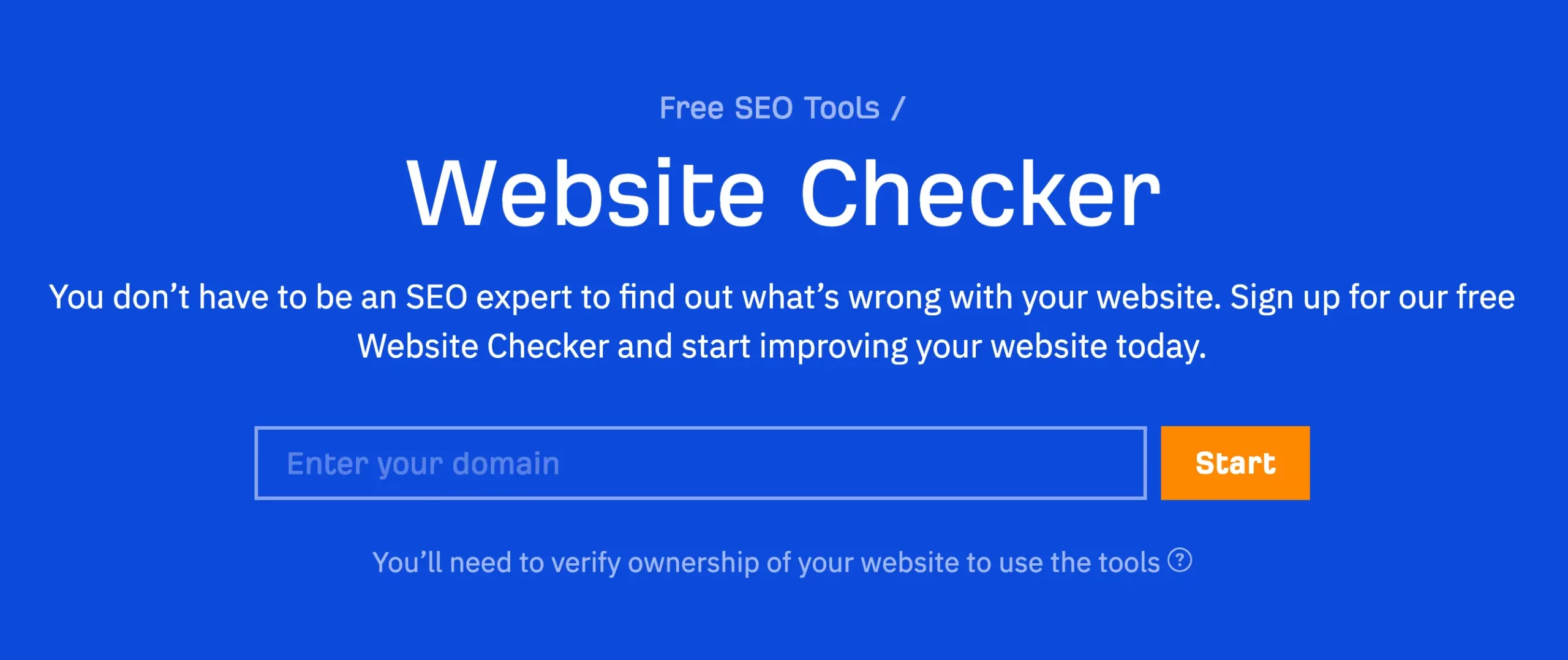
19. Make Partnerships With High-Traffic Websites
Brand partnerships are another not-so-well-known tactic you can use to increase your website traffic and grow your audience.
For this to work, you must have a website with decent traffic and good rankings. It’s not a technique that new sites can take advantage of.
Here is an overview of the process:
- Find websites in your niche that have similar (or higher) traffic levels than you
- Contact the owner and propose ways you can work together. Possible options include guest posting, link building, email list promotion, and sponsor posts.
The key for this technique to work is that the partnership should be a win-win for both.

You must offer them something valuable (such as a link) before asking for something in return.
From our experience, as your website grows and becomes more visible in the SERPs, you won’t have to find websites to contact. They will contact you, so keep an open mind.
20. Keep Working on Your Off-Page SEO
Off-page SEO refers to a set of optimization tactics that happen outside your website. For this reason, it’s also referred to as off-site SEO.
Working on your off-page SEO proves to search engine algorithms and users that your site is authoritative, relevant, trustworthy, and authentic, and this has a direct effect on your traffic.
The most common off-page SEO techniques are:
Link building- Backlinks are an important Google ranking factor. A site with more quality and related backlinks will rank higher than one with fewer.
Local listings- Submitting your brand links to local listings can help you boost your rankings for local searches.
Digital PR - When done right, sending our press releases can create extra attention to your website, especially from journalists.
Off-page SEO is perhaps the most effective way to grow your website’s traffic than any other method. The reason that it is not on top of this list is that it’s the most difficult to implement.
To get started with off-page SEO and learn the exact steps to follow to get good results, read the following guide:
21. Publish List Posts on Popular Topics
A very popular content marketing technique you can use to drive traffic to your website is publishing list posts.
According to studies, list posts get way more links and shares than other post types.
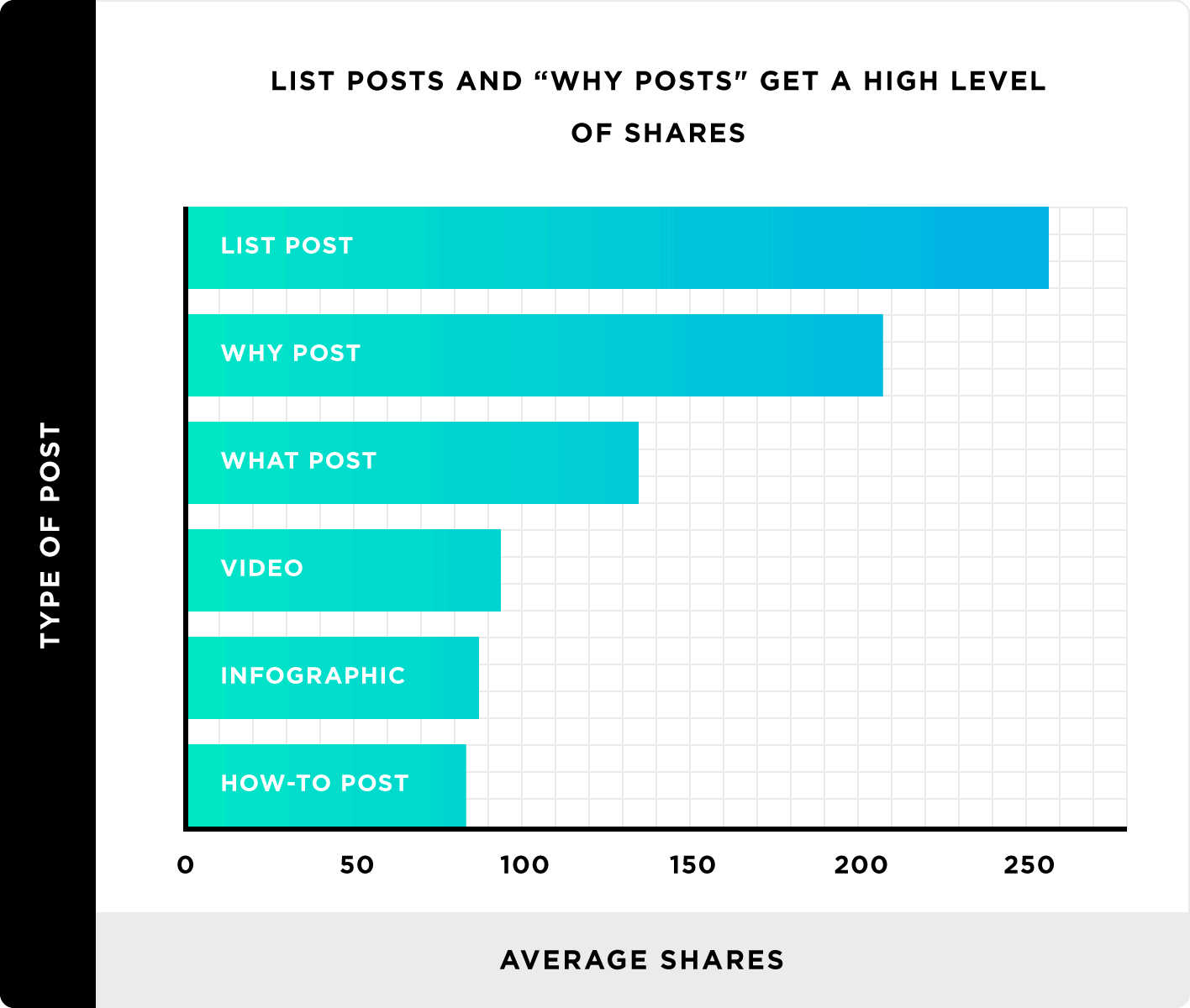
For example, our post on the top 10 search engines in the world is one of our most shared blog posts.
One of the basic rules when creating listicles is to base them on popular topics.
Find out what your target audience is searching on Google or talking about on social media.
Once you’ve found popular topics, carefully craft a comprehensive list post that caters to whatever your target audience is looking for.
To take advantage of this technique, read the following post:
22. Optimize Your Google Business Profile
An optimized Google Business Profile will help you rank on both Google Search and Maps for local searches.
If your business is targeting a particular area (country, city), optimizing your Google Business Profile will increase your chances of appearing on top of the results for related searches.

For more information on how to use Local SEO marketing to get more traffic to your website, read the following guides:
Conclusion
Increasing traffic to your website requires hard work, consistency, and patience. While the strategies in this guide won’t give you overnight results, they can guarantee long-term success.
